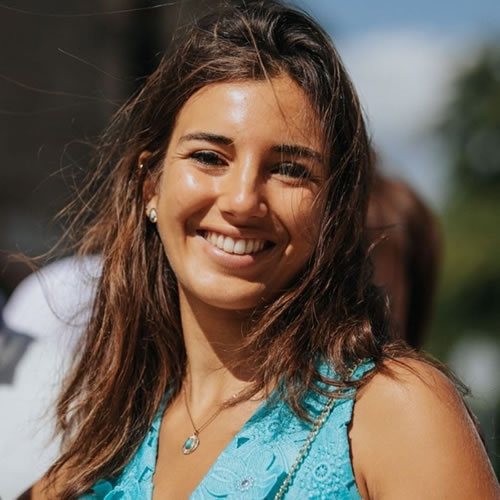@article{almeida_2659,
title = {A Hybrid Discrete-Continuum Modelling Approach to Explore the Impact of T-Cell Infiltration on Anti-tumour Immune Response},
author = {Luis Almeida and Chloé Audebert and Emma Leschiera and Tommaso Lorenzi},
url = {https://pubmed.ncbi.nlm.nih.gov/36315362/},
year = {2022},
date = {2022-10-01},
journal = {Bulletin Of Mathematical Biology},
volume = {84},
number = {141},
pages = {1-37},
abstract = {We present a spatial hybrid discrete-continuum modelling framework for the interaction dynamics between tumour cells and cytotoxic T cells, which play a pivotal role in the immune response against tumours. In this framework, tumour cells and T cells are modelled as individual agents while chemokines that drive the chemotactic movement of T cells towards the tumour are modelled as a continuum. We formally derive the continuum counterpart of this model, which is given by a coupled system that comprises an integro-differential equation for the density of tumour cells, a partial differential equation for the density of T cells and a partial differential equation for the concentration of chemokines. We report on computational results of the hybrid model and show that there is an excellent quantitative agreement between them and numerical solutions of the corresponding continuum model. These results shed light on the mechanisms that underlie the emergence of different levels of infiltration of T cells into the tumour and elucidate how T-cell infiltration shapes anti-tumour immune response. Moreover, to present a proof of concept for the idea that, exploiting the computational efficiency of the continuum model, extensive numerical simulations could be carried out, we investigate the impact of T-cell infiltration on the response of tumour cells to different types of anti-cancer immunotherapy.},
keywords = {},
pubstate = {published},
tppubtype = {article}
}












